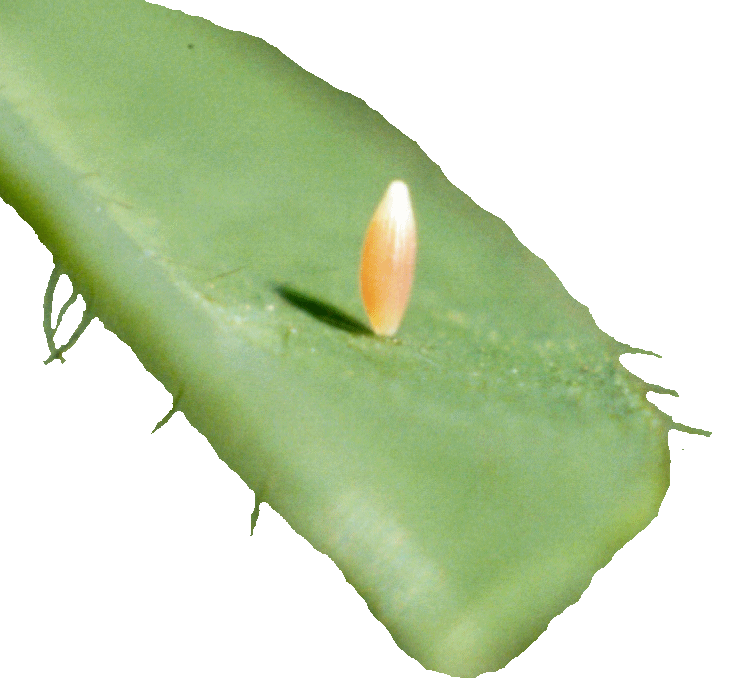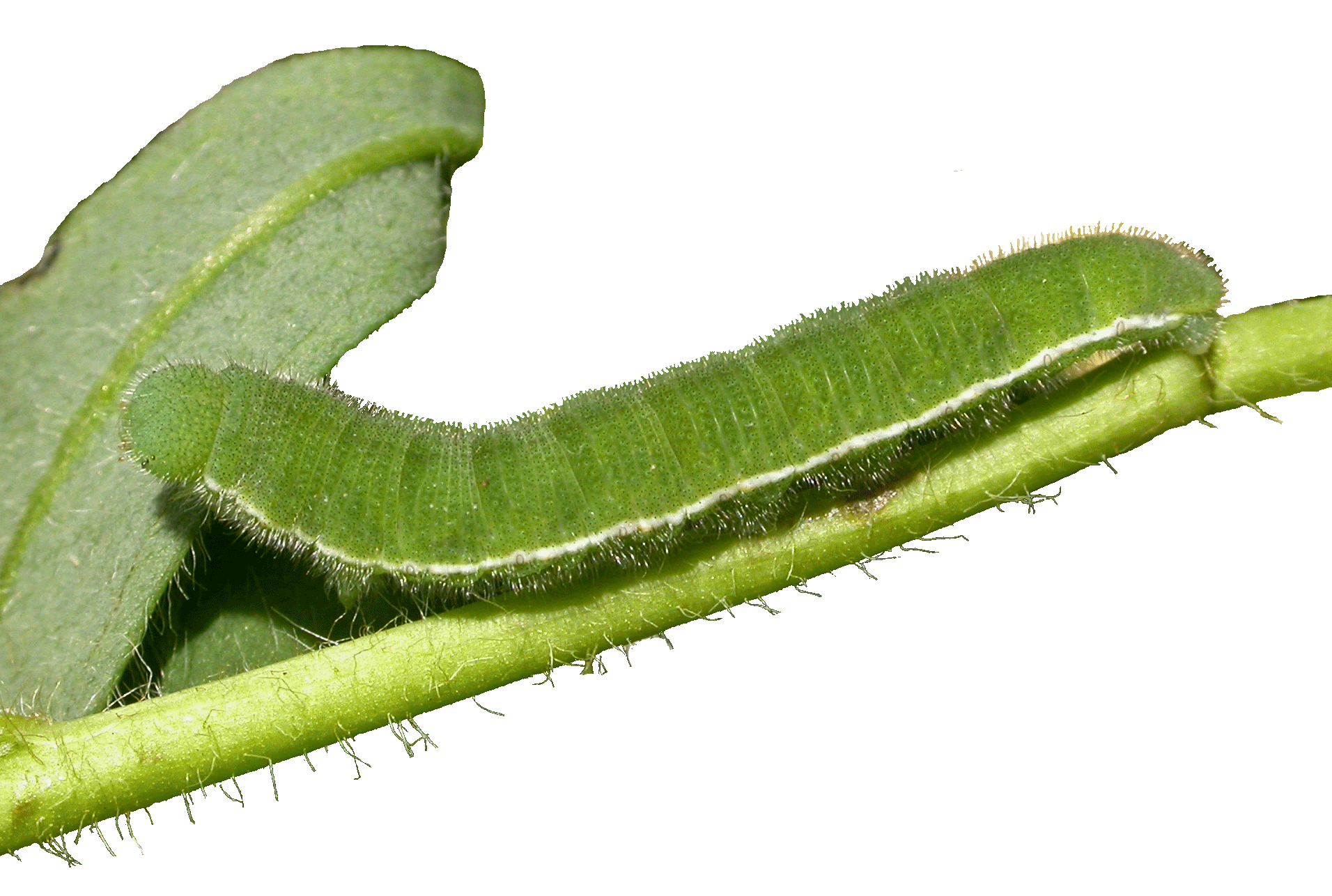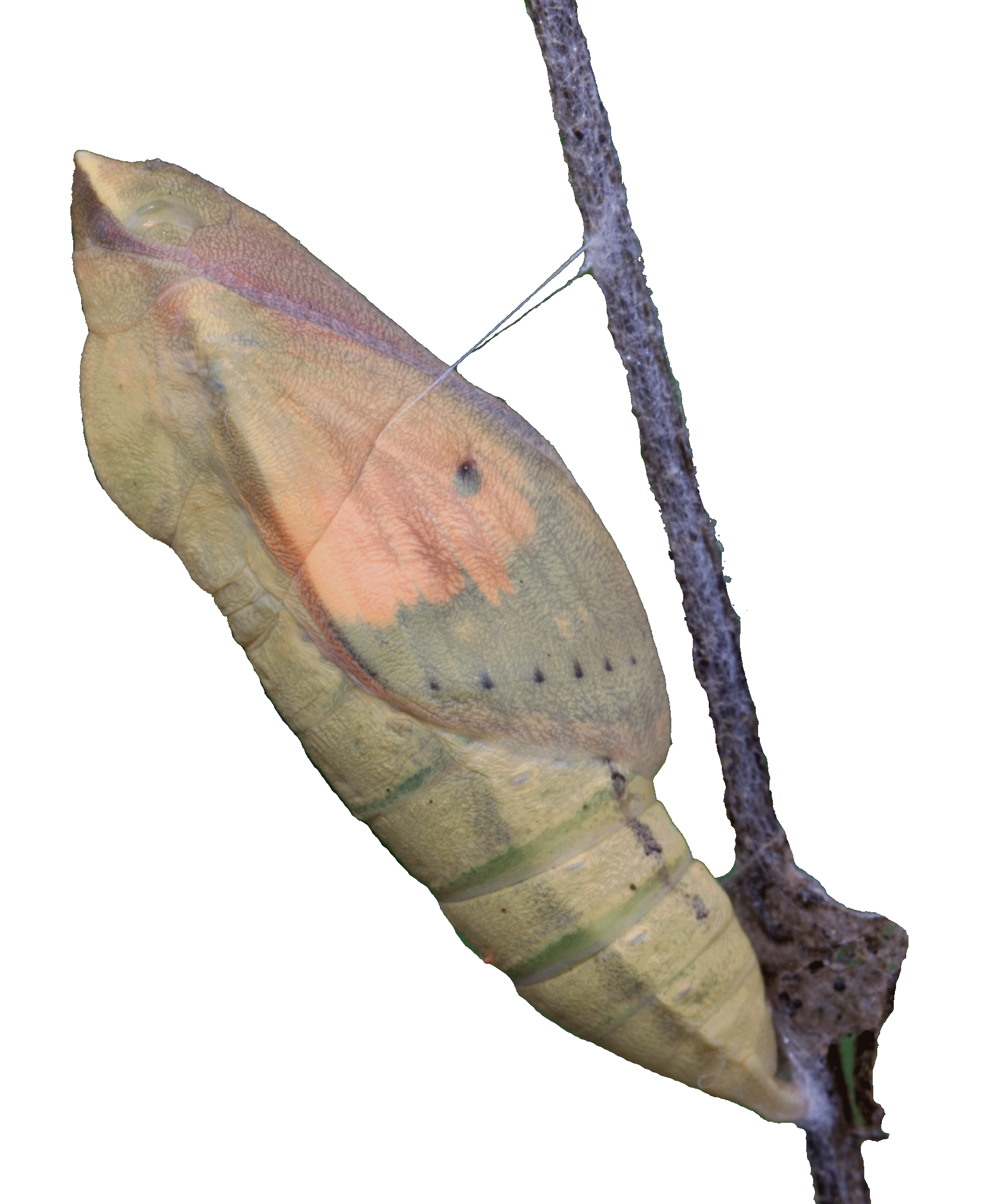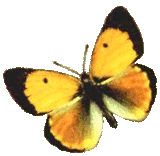This page is dedicated to the ecology and conservation of
♦ Colias myrmidone




The Danube Clouded Yellow has disappeared from most of Central and Eastern Europe over the last 20 years. Here in Transylvania, we have some spots where the butterfly is still present in viable populations.
Localities of the Danube Clouded Yellow are strongly associated with traditional land-use on a landscape scale. The butterfly depends for its reproduction on its only food plant, broom species, which thrive in unfertilized traditional grassland. These grasslands my be mown or grazed, but key periods of no dirsturbance are also needed for undisturbed habitat patches, so that eggs and caterpillars at the tip of the plant can survive. These conditions are obviously provided by traditional land use in our study sites, since the butterflies survive well there. Small changes in the pattern if mowing or grazing can thus adversely affect the butterflies by preventing them from completing their life cycle through to adults. In contrast, the lack of mowing or grazing leads to natural succession - that is the inctrease of shrub and trees in the landscape - and this can also cause problems by shading out their food plants.
We should act now to preserve the future of this beautiful butterfly - especially because we understand that it is so close to disappearing from our homeland.

